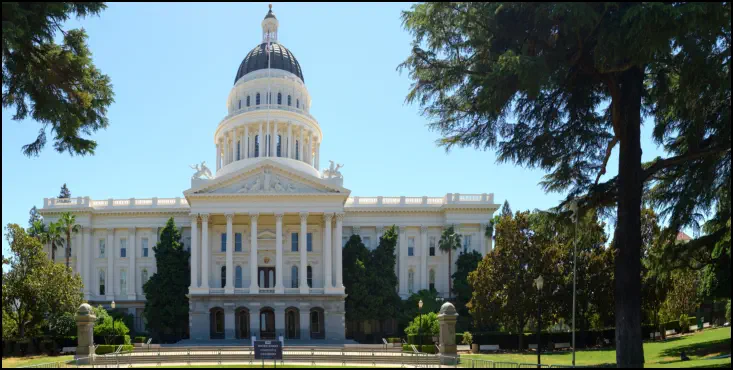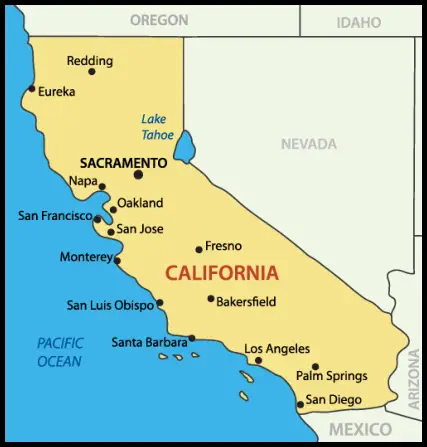Introduction to the Dictionary Section
Criteria for inclusion:
People–
The most important people who influenced the history of the state, including:
• Presidents, Vice Presidents, Governors
• Historic Figures
• Prominent people
• Pioneers in their field
• Prestigious award recipients
• People who influenced culture or change
Places–
• Villages, towns, unincorporated places, and cities with descriptive articles on the State Capital and principal
cities.
• Historic Places –National Historic Places with descriptions as designated in the National Register of Historic
Places. Within these entries (des) is an abbreviation for designated followed by the year.
Events–
• Significant historical and cultural occurrences throughout state history.
Dictionary of California History
Best Books on California


Transcending the Past, Present and Future
with Data Resources for Knowledge
© 2025 American Data Processing, Inc.
Dictionary




Knowledge from Resources on California






